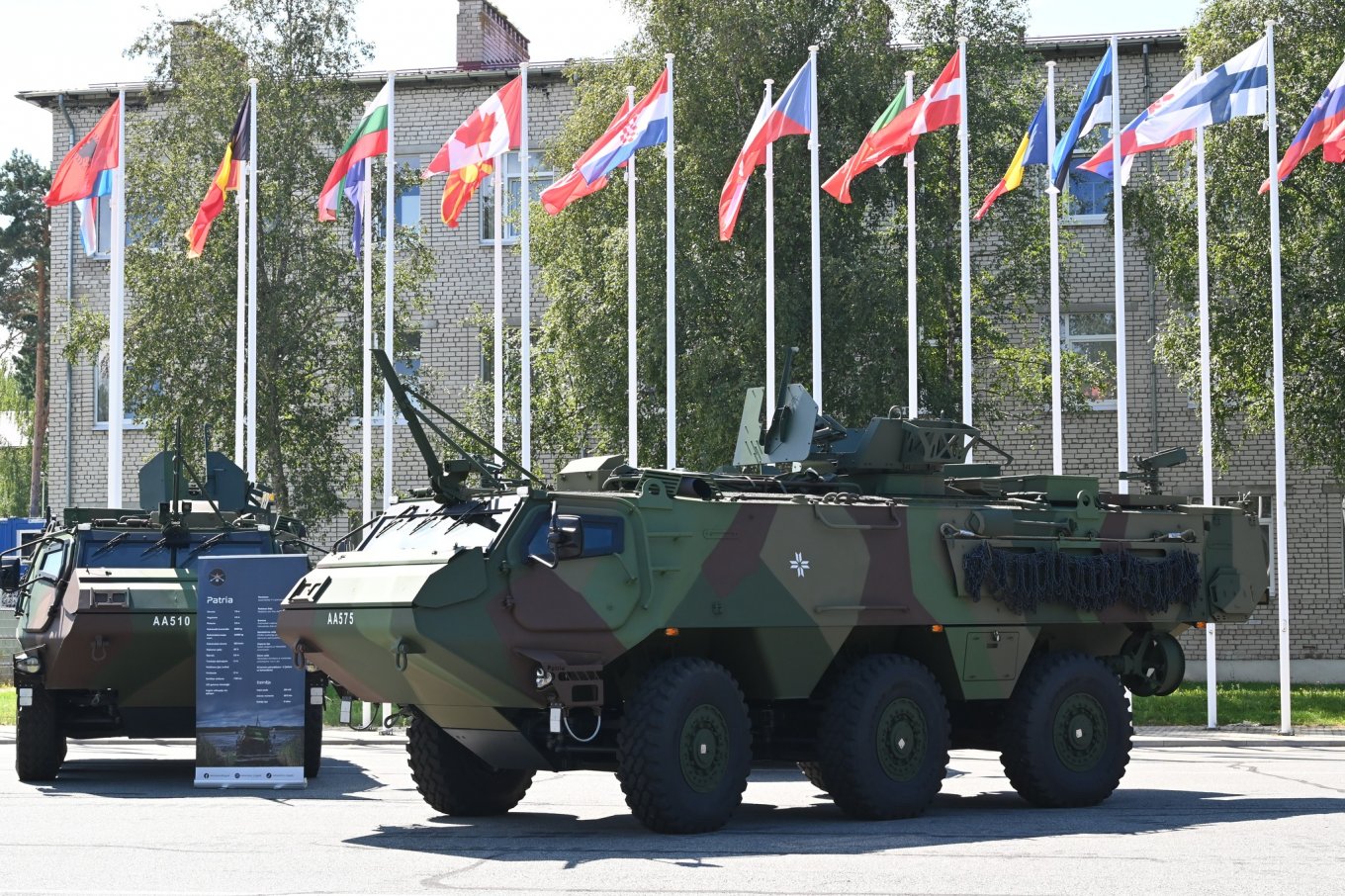The German Ministry of Defense has begun preparations to finalize a contract with the Finnish company Patria for the procurement of 300 armored personnel carriers (APCs) intended to replace the TPz-1 Fuchs, which were in service from 1979 to 1986. This is only the first batch, as the overall requirement for new APCs is estimated at around 1000 units.
Currently, as reported by the German defense publication Hartpunkt, Patria is expected to provide warranty obligations regarding the production of the APCs. Additionally, the publication outlined the usual bureaucratic processes that fully illustrate the entire "hurry-up" situation.

Specifically, only after receiving such an obligation will a procurement proposal be formed, which must be approved by the BAAINBw procurement department. Funds for this have already been allocated in a special defense fund, so there is no need to go through the process of releasing them. However, approval from parliament members will still be necessary. It is anticipated that a firm contract will be concluded only before the summer recess of the Bundestag, but it is more likely to occur in September-October 2025.
Moreover, the choice of the Finnish company supplying the Patria 6x6 (also known as Patria CAVS and Patria XA-300, which are in service with Finland, Latvia, and ordered by Sweden) has sparked significant criticism in Germany. The main competitor for this proposal was the Fuchs Evo from Rheinmetall, which, however, has no current clients. Even considering that Patria has partnered with German manufacturers - DSL Defense Service Logistics (part of KNDS) and FFG Flensburger Fahrzeugbau, a portion of the work and funds will still go to Finland.
However, the choice of the Patria 6x6 seems to be linked to its lower price. For instance, the Swedish order for these vehicles from March 2024 cost 321 Finnish APCs at 507 million dollars, which translates to approximately 1.4 million euros each. In April of last year, there was unconfirmed information that Rheinmetall was asking for 4.4 million euros for a single Fuchs Evo APC. With a requirement of 1000 vehicles, the price difference becomes astronomical.
It is important to note that we are discussing vehicles of the same class with very similar capabilities. The Patria 6×6 is a 24-ton APC with a 400 hp engine, capable of transporting 8-10 people while providing ballistic protection, in the base version - STANAG 4569 level 2 (from 7.62x39) and optionally up to level 4 (from 14.5x114) with additional panels. The Fuchs Evo, on the other hand, is a 25-ton vehicle with a 455 hp engine of similar capacity and protection level.
Finally, it is worth mentioning that in September, the Bundeswehr already began the transition to Patria, as within the Future Short Range Indirect Fire System program, it decided to replace the self-propelled mortar systems M113 Panzermörser 120 with NEMO 120 from Patria. Notably, there was no discussion of installing this system on the Fuchs Evo.